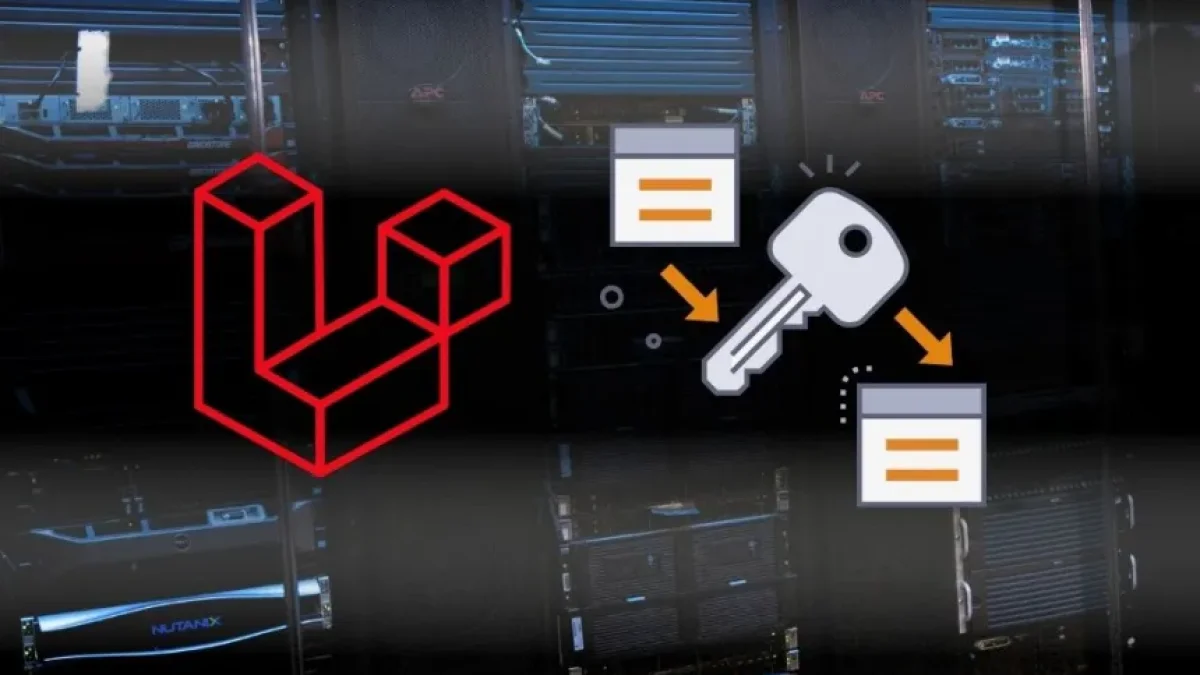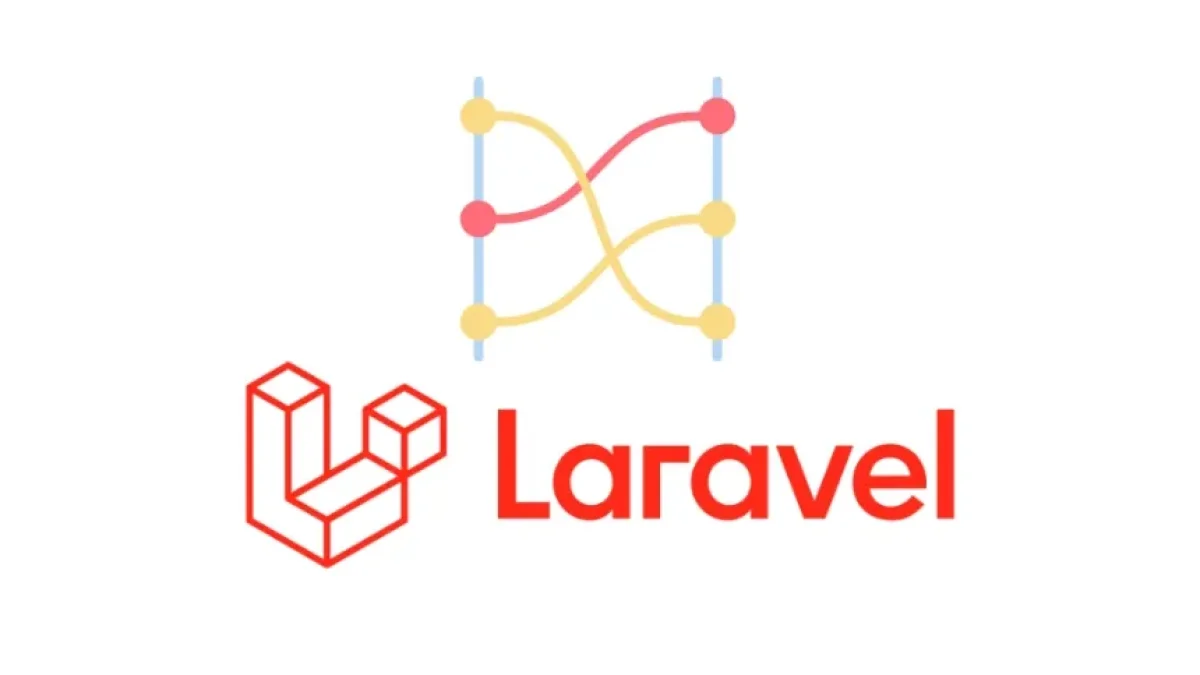Master complex relationships in Laravel with humor and style.


If you are a developer working with Laravel, you know that managing complex relationships in your database can be quite a challenge. However, sometimes developers find themselves caught in a maze of relationships that could have been scripted by a comedian. In this article, we will explore how to master complex relationships in Laravel, presenting key concepts in a fun way with a touch of humor.
What are complex relationships in Laravel?
Laravel offers robust functionality for working with relational databases. In this context, “relationships” are connections between different tables in your database. Some of the relationships you might encounter include one-to-one, one-to-many, and many-to-many. However, as your tables and models become more intricate, so does the way these relationships are managed.
Types of relationships in Laravel
One-to-One Relationship
Imagine a user has only one profile. For this, Laravel makes it easy to create a one-to-one relationship. This way, you can access the profile data directly from the user model. Simple and effective.
Read also
One-to-Many Relationship
Now think of a blog where an author can write multiple posts. In this case, you are looking at a one-to-many relationship. Laravel allows you to establish this relationship through the appropriate methods, making it easy to retrieve all posts by a specific author.
Many-to-Many Relationship
In situations where multiple users can have multiple roles, we are talking about many-to-many relationships. Laravel provides a structure called a “pivot table” to manage these relationships. It's like a lunch where all the dishes are shared.
Advanced functionalities
Polymorphic Relationship
Polymorphic relationships are one of the most powerful features of Laravel. This type of relationship allows a model to relate to multiple other models using a single association. For example, if both a post and a video can have comments, you can use a polymorphic relationship to handle comments on both.
Read also
Eager Loading
Imagine you're eager to see all the books an author has written, but you don't want to fall into the "lazy loading" trap that could slow down your application. This is where eager loading comes into play, allowing you to load relationships in advance, thus optimizing your application's performance.
Tips for handling complex relationships
- Use migrations: Make sure to have your tables and relationships well-defined through migrations. This not only improves organization but also helps avoid confusion later on.
- Create clear and consistent models: A well-defined model will make handling complex relationships easier. Use appropriate names and ensure that each model is well documented.
- Remember the DRY principle: Reuse code whenever possible. Sometimes, a small function can save you a lot of time.
- Don’t be afraid of humor: Working with complex relationships can be frustrating, so it’s important to maintain a good sense of humor. Every mistake is just an opportunity to learn something new.
Conclusion
Mastering complex relationships in Laravel is not just a technical matter, but also a fun adventure. With the right approach and a bit of humor, any developer can navigate these complexities without losing their mind.
I invite you to keep exploring more content about development and Laravel on my blog. There will always be something new to learn!



















